Love of art is blind for sightless museum visitors
By Korea HeraldPublished : March 31, 2013 - 19:52
NEW YORK (AFP) ― Her eyes see nothing, but when Barbara Appel runs her fingers over the face of a Picasso sculpture in New York’s Museum of Modern Art, she sighs with pleasure.
Most people go to museums to look at exhibits, but for some at MoMA, love of art is literally blind.
Each month, a small group with various levels of impaired vision accompanies an expert guide to the famed Manhattan museum.
For Appel, who is 62 and suddenly lost her sight just over a decade ago, the Art inSight program is a lifeline to a vital part of her world that she feared had vanished.
“With this, I really feel I’m connected, I’m connected to something I’ve always loved, something that gave me so much motivation,” she said, recalling the inspiration she drew from museums in her career as a jewelry designer.
On this month’s tour, a group of about 20 visited an exhibit called “Inventing Abstraction, 1910-1925.”
Most of the works were fragile paintings or drawings, so touching was not allowed.
Visitors had to rely instead on their guide ― and their imaginations ― to visualize the rule-breaking, hard-to-describe works of Wassily Kandinsky, Kazimir Malevich and other early 20th century iconoclasts.
At each piece, the group paused not just for a careful description from the guide, but a conversation about the work’s meaning.
Much time was spent at a 1918 sculpture by Marcel Duchamp with the deliberately awkward title, “A Regarder (l’autre cote du verre) d’un oeil, de pres, pendant presque une heure,” or “To be looked at (from the other side of the glass) with one eye, close to, for almost an hour.”
“It’s a long rectangle base which is just the base, not the artwork,” the guide, Jennifer Gray, said, pointing at the box under the actual Duchamp.
As she detailed the sculpture, a cracked glass screen filled with geometric shapes, one of the visitors lifted a mini-telescope to her eye.
Barbara Appel, who uses a wheelchair, looked vaguely in the right direction as her husband Barry filled in the gaps.
“The glass is cracked,” he said.
“Really? That’s interesting,” she exclaimed.
Then Barry Appel peered through the Duchamp piece. “I’m looking into the future,” he quipped.
When it was time to move on to another Duchamp, Gray reorientated the group, saying: “The box behind, behind me, behind my voice.”
Carrie McGee, who oversees MoMA’s programs for the disabled, said the blind were first invited to tour sculptures in the 1970s.
Then a decision was made to take on the challenge of showing the unique visitors paintings and other objects that couldn’t be touched.
Most people go to museums to look at exhibits, but for some at MoMA, love of art is literally blind.
Each month, a small group with various levels of impaired vision accompanies an expert guide to the famed Manhattan museum.
For Appel, who is 62 and suddenly lost her sight just over a decade ago, the Art inSight program is a lifeline to a vital part of her world that she feared had vanished.
“With this, I really feel I’m connected, I’m connected to something I’ve always loved, something that gave me so much motivation,” she said, recalling the inspiration she drew from museums in her career as a jewelry designer.
On this month’s tour, a group of about 20 visited an exhibit called “Inventing Abstraction, 1910-1925.”
Most of the works were fragile paintings or drawings, so touching was not allowed.
Visitors had to rely instead on their guide ― and their imaginations ― to visualize the rule-breaking, hard-to-describe works of Wassily Kandinsky, Kazimir Malevich and other early 20th century iconoclasts.
At each piece, the group paused not just for a careful description from the guide, but a conversation about the work’s meaning.
Much time was spent at a 1918 sculpture by Marcel Duchamp with the deliberately awkward title, “A Regarder (l’autre cote du verre) d’un oeil, de pres, pendant presque une heure,” or “To be looked at (from the other side of the glass) with one eye, close to, for almost an hour.”
“It’s a long rectangle base which is just the base, not the artwork,” the guide, Jennifer Gray, said, pointing at the box under the actual Duchamp.
As she detailed the sculpture, a cracked glass screen filled with geometric shapes, one of the visitors lifted a mini-telescope to her eye.
Barbara Appel, who uses a wheelchair, looked vaguely in the right direction as her husband Barry filled in the gaps.
“The glass is cracked,” he said.
“Really? That’s interesting,” she exclaimed.
Then Barry Appel peered through the Duchamp piece. “I’m looking into the future,” he quipped.
When it was time to move on to another Duchamp, Gray reorientated the group, saying: “The box behind, behind me, behind my voice.”
Carrie McGee, who oversees MoMA’s programs for the disabled, said the blind were first invited to tour sculptures in the 1970s.
Then a decision was made to take on the challenge of showing the unique visitors paintings and other objects that couldn’t be touched.
-
Articles by Korea Herald


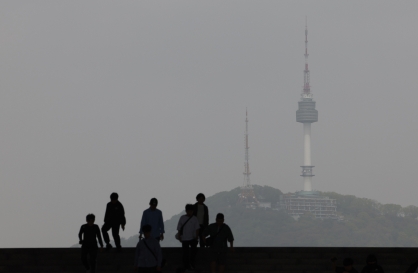
![[AtoZ Korean Mind] Does your job define who you are? Should it?](http://res.heraldm.com/phpwas/restmb_idxmake.php?idx=644&simg=/content/image/2024/05/06/20240506050099_0.jpg&u=)

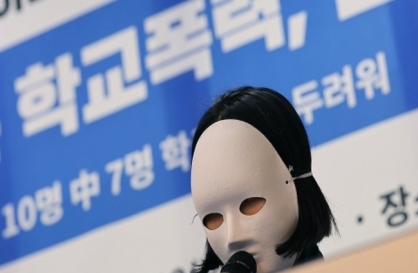



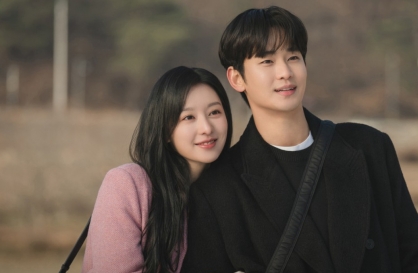




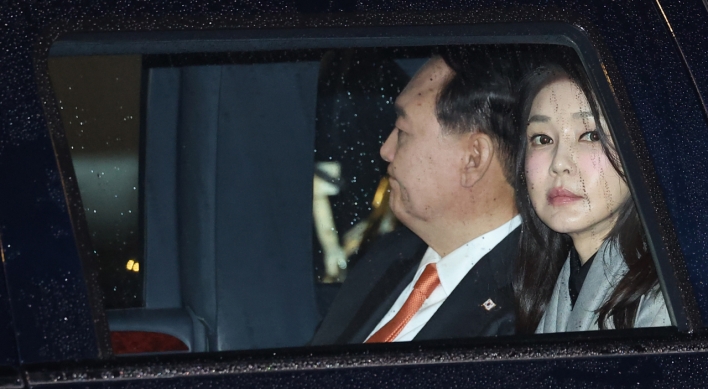


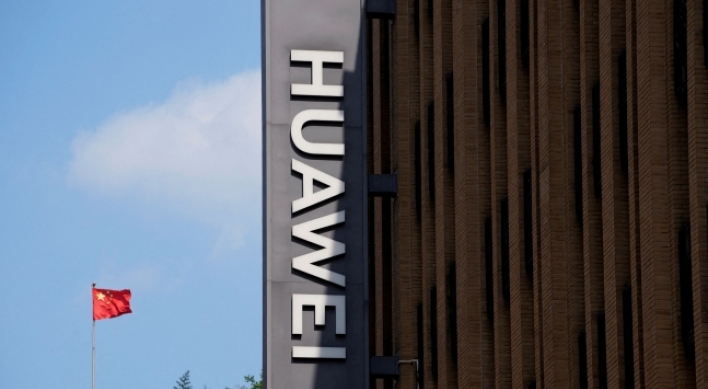

![[K-pop's dilemma] Is Hybe-Ador conflict a case of growing pains?](http://res.heraldm.com/phpwas/restmb_idxmake.php?idx=642&simg=/content/image/2024/05/07/20240507050746_0.jpg&u=)